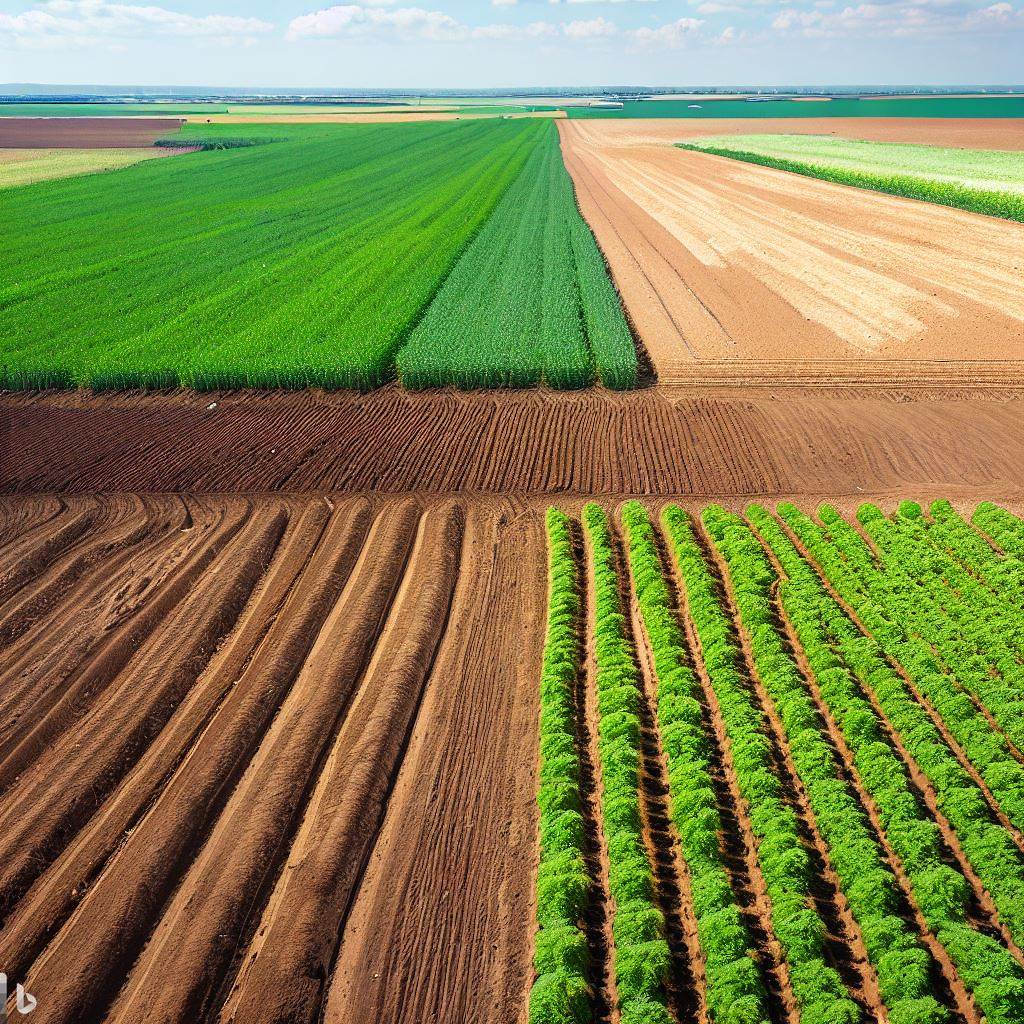Sandal Wood
Sandalwood is one of the most expensive woods in the world. Sandalwood an evergreen tree it’s grows to maximum 10m to 12m height and 2m to 2.5m in girth. Sandalwood is a class of woods from trees in the genus santalum. The woods are heavy, yellow and Fine – grained and unlike many other aromatic woods, they retain their fragrance for decades. Sandalwood oil is extracted from the wood for use.
Sandalwood oil have been used for centuries for religious and customary purposes. Now sandalwood oil in demand internationally for cosmetics, aroma therapy, scenting of soaps, perfumery and medicines.
Producer Countries
China, India, Indonesia, Australia, Philippine , Timer, Sumba, Hong Kong, South Korea. and now it is being cultivated successfully on a small area in Pakistan.
VERIETIES IN WORLD :
BENEFITS:
MOTHER COUNTRY:
India
FAMILY:
Santalaceae
KINGDOM:
Plantae
ORDER:
Santa ales
Understanding Sandalwood
Sandalwood is a fragrant evergreen tree belonging to the Santalaceae family. Its scientific name is Santalum album, and it is renowned for the aromatic oil present in its heartwood. The tree can grow up to 30 feet in height and is native to the Indian subcontinent, particularly India and Nepal. Apart from Santalum album, there are other species of sandalwood found in different parts of the world, each with its unique properties.

Cultivating Sandalwood
Before embarking on sandalwood cultivation, choosing the right location is crucial. The ideal site should have well-draining soil, receive ample sunlight, and be sheltered from strong winds.
Sandalwood thrives in tropical and subtropical climates, and the soil should be slightly acidic, rich in organic matter, and have good water retention capabilities. Propagation can be done through seeds or stem cuttings, but seeds are preferred for better genetic diversity.
Harvesting Sandalwood
The right time to harvest sandalwood is when the heartwood has matured, which typically occurs after 15 to 20 years. Sustainable harvesting practices involve selective cutting, leaving some mature trees for seed production and reforestation.
Illegal logging poses a significant threat to sandalwood populations, making conservation efforts essential for its survival.

Sandalwood’s Commercial Importance
The fragrance industry is one of the primary consumers of sandalwood oil. Its sweet, woody scent serves as a base note in many perfumes and cosmetics. Moreover, sandalwood holds significant value in Ayurvedic medicine, where it is believed to possess medicinal properties, aiding in conditions like anxiety, insomnia, and skin disorders.
Additionally, sandalwood plays a vital role in religious rituals and ceremonies due to its calming effect on the mind.
The Economic Impact of Sandalwood Cultivation
Sandalwood cultivation has substantial economic benefits, especially for regions with a conducive climate. It provides employment opportunities for farmers and laborers involved in the cultivation, harvesting, and processing of sandalwood.
Moreover, it contributes significantly to the country’s revenue through domestic sales and exports.
Preservation and Sustainability
Illegal logging and overharvesting have led to a decline in natural sandalwood populations. Initiatives aimed at combating these issues include strict regulations and penalties for illegal logging, along with replanting programs to ensure a sustainable supply of sandalwood.
Raising awareness among consumers about responsible consumption also plays a critical role in preserving this valuable resource.
Sandalwood and Modern Science
Modern science has delved into the properties of sandalwood, uncovering various potential applications. Research indicates that sandalwood’s aroma can positively affect mood and emotions, making it a popular choice for aromatherapy.
Furthermore, studies are ongoing to explore its potential in treating certain health conditions and as an ingredient in pharmaceutical products.
Benefits of Sandalwood
Sandalwood’s benefits extend beyond its fragrance. The oil finds extensive use in skincare products for its moisturizing and anti-inflammatory properties. It helps soothe irritated skin, reduces acne, and promotes a glowing complexion. Additionally, sandalwood is recognized for its antiseptic qualities, making it effective in wound healing and preventing infections.
Apart from skincare, sandalwood is used in meditation and yoga practices due to its ability to induce mental clarity and relaxation. Its calming aroma aids in reducing stress and anxiety, enhancing focus, and promoting a sense of tranquility.

Cultural and Historical Significance
Sandalwood has held immense cultural and historical significance for millennia. It finds mentions in various ancient texts and religious scriptures, symbolizing purity and spirituality.
Throughout history, sandalwood has been used in religious ceremonies, traditional rituals, and offerings to deities, making it an integral part of numerous cultures and traditions.
Myths and Legends
In various mythologies and legends, sandalwood has been revered for its divine attributes. It is often associated with gods and goddesses, with stories describing its creation from heavenly trees.
The mesmerizing aroma of sandalwood is believed to attract celestial beings, adding to its mystical allure.
Sandalwood in Contemporary Culture
Even in modern times, sandalwood maintains its allure, finding a place in music, art, and literature. Many musicians use sandalwood-based incense during performances, creating an atmosphere of serenity and spirituality.
Additionally, it continues to be a favorite fragrance for many people worldwide, as it evokes a sense of calm and nostalgia.
Challenges in Sandalwood Cultivation
Sandalwood cultivation comes with its share of challenges. The trees have a slow growth rate, requiring patience from cultivators. Moreover, they are susceptible to diseases and pests, necessitating careful monitoring and timely interventions to maintain healthy plantations.
Sustainable Practices for Sandalwood Cultivation
To address the challenges and ensure a sustainable future for sandalwood, organic farming approaches are gaining popularity. These practices reduce reliance on chemical fertilizers and pesticides, promoting the growth of healthy trees while preserving the environment.
Involving local communities in sandalwood conservation efforts also fosters a sense of responsibility and ownership.
Future Prospects of Sandalwood Cultivation
As the demand for natural and eco-friendly products grows, sandalwood is likely to gain further popularity in various industries. With ongoing research and technological advancements, new applications for sandalwood and its derivatives are expected to emerge, expanding its market potential.
Conclusion
Sandalwood cultivation holds immense promise as a sustainable and economically viable venture. Its aromatic properties, medicinal benefits, and cultural significance make it a valuable resource with a bright future.
However, ensuring responsible cultivation and conservation practices is vital for preserving this precious gift of nature for generations to come.
FAQs (Frequently Asked Questions)
Is sandalwood cultivation profitable?
Sandalwood cultivation can be a lucrative endeavor, especially in regions with suitable climatic conditions. The high demand for sandalwood products in various industries contributes to its commercial importance.
How long does it take for sandalwood trees to mature?
Sandalwood trees typically take around 15 to 20 years to reach maturity and develop the fragrant heartwood.
What are the primary uses of sandalwood oil?
Sandalwood oil is widely used in the fragrance industry as a base note in perfumes and cosmetics. It also finds applications in Ayurvedic medicine and various religious practices.
Can sandalwood oil be used on the skin?
Yes, sandalwood oil is safe for topical use. It is commonly used in skincare products for its moisturizing and soothing properties.
How can I contribute to sandalwood conservation?
You can support sandalwood conservation efforts by purchasing products from sustainable sources, spreading awareness about responsible consumption, and supporting replanting initiatives.





